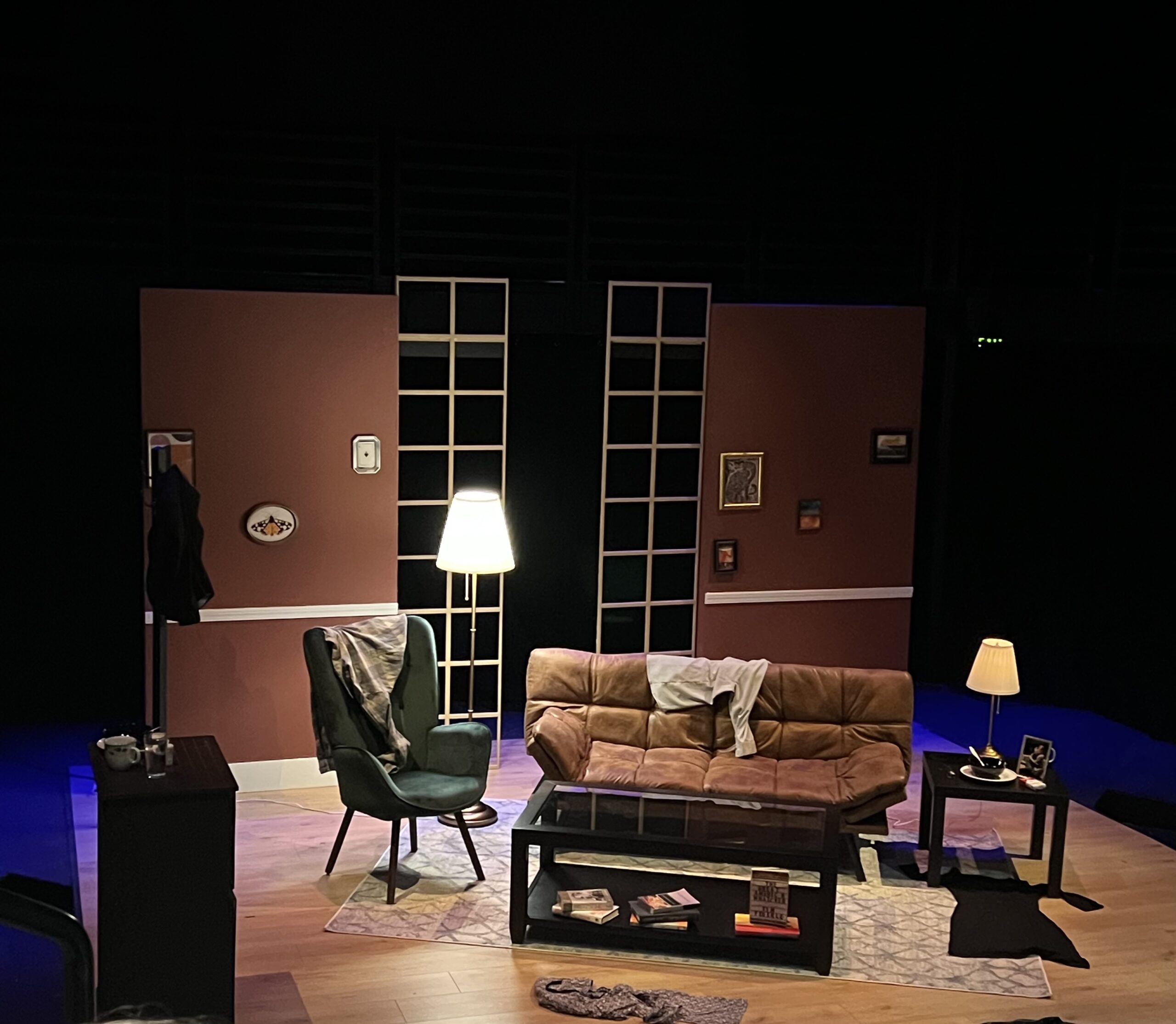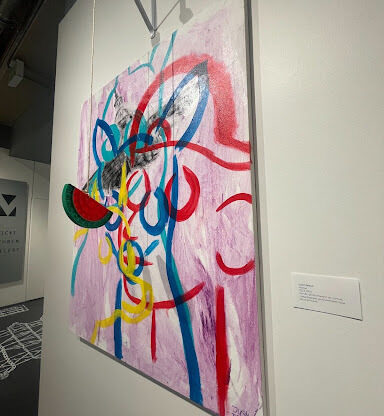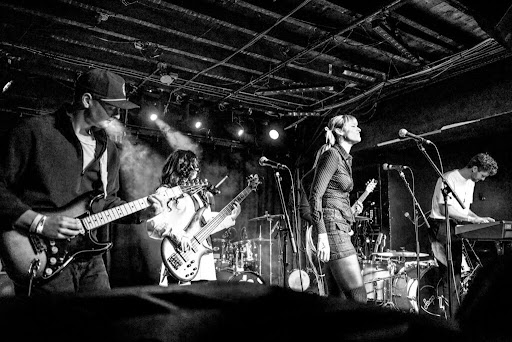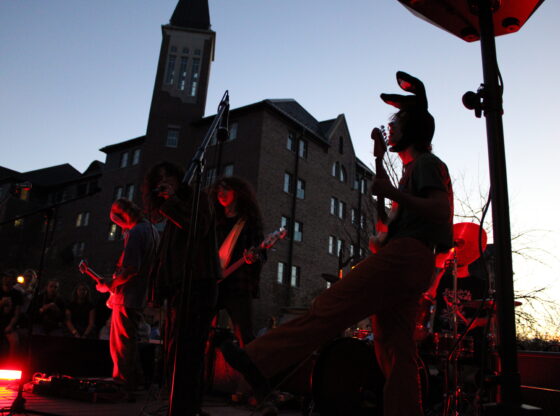Xavier Burgin’s “Horror Noire: A History of Black Horror,” a documentary film on Amazon Prime and Shudder, examines the relationship between the history of Black Americans and the evolution of horror films. Based on the 2011 nonfiction book, “Horror Noire: Blacks in American Horror Films from the 1890s to Present” by Robin R. Means Coleman, it looks at the role Black actors have played in the development of the genre.
The film begins by analyzing films from the 1920s and 30s. The notorious “The Birth of a Nation” set the groundwork for racist depictions of Black characters. Between the 1930s and 50s, the presence of Black people in horror films is minimal and the representations are horrifically misconstrued. Many Black actors only played the roles of servants, tribesmen and “comedic buffoons,” as film critic and creator of Black Horror Movies Mark H. Harris puts it.
In the 1950s and 60s, the horror genre blended with science-fiction and explored horrors of the unknown. Movies like “Creature from the Black Lagoon” and “King Kong” were released, and Black actors are almost entirely absent from cinema. Movie monsters became a stand-in for Black people or, as filmmaker Monica Suriyage said, “all people that are not white.”
The 1968 release of “Night of the Living Dead” signaled a monumental change for Black representation in film. It received praise for its portrayal of a heroic Black protagonist and reflecting the social turmoil of the Civil Rights Movement and violent assassinations of Martin Luther King Jr. and Malcolm X.
In the 1970s, the horror genre witnessed another cultural shift: the Blaxploitation era. While this was a step towards inclusion, representation was still “horrifically profiled.” Films like “Blacula” and “Abby” saw the emergence of Black women on screen, but still associated their characters with voodoo and sexuality. While the Blaxploitation genre missed many marks, this was the start of Black inclusion in mainstream cinema.
In the 1980s, the “Black people die first” trope permeated the horror genre. The Reagan presidency perpetuated the marginalization of Black communities, pushing them out of the suburbs and into the urban. This subsequently carried over into film. “Amityville Horror,” “Halloween” and “Nightmare on Elm Street” all encouraged white characters to flee urban areas, finding new horrors in the suburbs, because those urban areas had become the new source of evil. Still, many Black actors felt validated that their characters were on screen at all during this time.
This led to an exploration of other roles Black characters were stuck in as sidekick to white protagonists or sacrificing themselves for white characters. It wasn’t until the 1990s and early 2000s that Black characters became more prominent and developed in film—even if they were still secondary characters. “The Girl with All the Gifts,” “The Final Girl” and “Candyman” were films with both strengths and weaknesses in their portrayal of Black Americans.
More recently, 2017’s “Get Out” dismantled the white savior trope. The Black Lives Matter movement was widespread by the time of its release, and attention to racial tensions in America was there that hadn’t been previously. Jordan Peele, the director of “Get Out,” said, “The fact that there are a small handful of films led by Black people is the horror itself.”
In this documentary, the way Burgin intertwines both scholarly analysis and actor commentary creates an honest, raw and personal breakdown of Black history and representation in film. Narratively, it is told through interviews with directors, actors, fans and scholars, which gives an array of perspectives addressing the topic. Not only did this make the documentary emotionally compelling and entertaining, but it also added a layer of criticism that invited further conversation.
More than simply well-put-together, “Horror Noire” is a delicate yet powerfully moving triumph in documentary storytelling. Through engaging narrative and skillful execution, this documentary provides essential insight into the history of Black cinema. It shows that by understanding the historical influences to the evolution of Black representation, we can inspire and influence future Black films.











